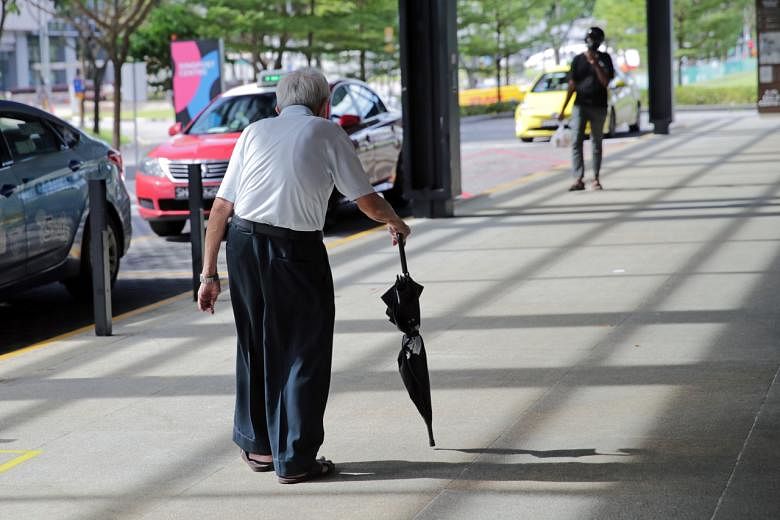SINGAPORE - A portion of MediShield Life premiums paid by working adults is set aside for the future to moderate premium increases as people age, said Senior Minister of State for Health Koh Poh Koon on Monday (Nov 2).
He added that these funds make up the bulk of the money earmarked for future commitments under the scheme, which has been designed to distribute premiums more evenly over policyholders' lifetimes.
Other such commitments include future payouts for diseases that require long-term treatment, such as kidney failure and cancer.
Dr Koh was responding to questions from seven MPs on both sides of the House, who had asked about issues such as the Government's justification for the impending premium increase, and the affordability of premiums for vulnerable groups.
The Health Ministry had announced in September that MediShield Life is set to get a revamp next year, which would see premiums rise by up to a third.
The increase will pay for a wider range of benefits - such as raising the yearly claim limit from $100,000 to $150,000 - as well as rising healthcare costs. It is the first time that MediShield Life premiums will go up since the scheme was launched five years ago.
"Premiums collected have to cover potential current and future payouts, including amounts set aside to support future commitments, as well as provide a buffer against unforeseen contingencies such as unexpected spikes in hospitalisations due to disease outbreaks," Dr Koh said.
Going into the numbers, he said $7.5 billion in MediShield Life premiums were collected between 2016 and 2019. This comprised $4.4 billion collected directly from policyholders, and $3.1 billion from the Government in the form of subsidies and other forms of premium support.
In the same period, a total of $3.5 billion in claims were paid out, while $3 billion was set aside for future premium rebates.
The average incurred loss ratio of the MediShield Life fund from 2016 to last year was 104 per cent, he noted. This means premiums collected were slightly less than the total amount required for current claims and future commitments under the scheme.
At present, lower- and middle-income households get up to 50 per cent subsidies on their MediShield Life premiums, while Merdeka and Pioneer Generation seniors get additional subsidies on top of this.
The Government paid about 35 per cent of total premiums through various subsidies and support in 2019, Dr Koh said.
He also broke down premium increases under the scheme, noting that annual payouts under MediShield Life have increased by 40 per cent, while the number of claimants has gone up by 30 per cent.
Between 2001 and 2019, the average hospitalisation bill size in public healthcare institutions also went up by about 6 per cent a year on average, Dr Koh added.
"This is affected by medical cost inflation, demographics and medical advancements over the years."
Two-thirds of the premium increases will go towards paying for the growth in utilisation and payouts, he said.
Refreshing claim limits to ensure that Singaporeans continue to be adequately covered for the majority of subsidised bills will account for one-quarter of the increase, while the remainder supports benefit enhancements, such as extending coverage to inpatient hospices and serious pregnancy complications.
He stressed that the Government has several financial support schemes to ensure that Singaporeans will not lose their MediShield Life coverage or be denied access to care because they cannot afford their premiums.


